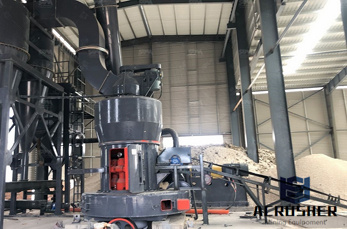Why do plants need hydrogen? |
Why do plants need hydrogen? A: ... carbon dioxide and energy from sunlight to create chemical energy. ... What is the function of chloroplasts? Q:
 WhatsApp)
WhatsApp)
Why do plants need hydrogen? A: ... carbon dioxide and energy from sunlight to create chemical energy. ... What is the function of chloroplasts? Q:

Video embedded· Did you know that plants ''breathe'' through their leaves? Tiny openings called stomata allow plants to exchange gases necessary for cellular...

Video embedded· Plants cannot live on CO2 ... Soybeans grown at elevated CO2 levels attract many more adult Japanese beetles than plants grown at current atmospheric carbon dioxide ...

You should also know about the structure and function of the three most important parts of ... plants take water and carbon dioxide and transform them into glucose ...

Photosynthesis overview. Photosynthesis, the food making process of plants, uses light energy in order to create sugar or starch from water (H 2 O) and carbon dioxide ...

Plants require carbon dioxide to conduct ... of carbon. In humans, this carbon dioxide is carried through the venous system ... Uses, and Function of Carbon Dioxide;

As I move some of my plants indoors for the winter, this is ... Spotting nutrient deficiencies is what I am keen on this ... These include minerals, carbon ...

Carbon TIME: Plants Unit. ... process of cellular respiration transforms organic materials to inorganic materials and chemical energy to energy for function and ...

Feb 12, 2011· What is the function of Sodium in plants? ... has a very specific function in the concentration of carbon dioxide in a limited number of C4 plants and ...

Video embedded· In this lesson, you will discover what carbon fixation means, when it occurs and what enzyme is involved. The lesson will discuss where the process...

Carbon dioxide present in the earth''s ... The Greenhouse Effect and Greenhouse Gases. ... the visible rays of the sun can be used by plants in the greenhouse ...

Nitrogen in the plant is a very important subject. There is more nitrogen in plants than any other element, with the exception of carbon, hydrogen and oxygen ...

As land plants grow, they accumulate more and more carbon. Woody plants, such as trees, can sequester ... More about How Plants Run the Carbon Cycle:

What is The Carbon Cycle? ... Carbon is released to the atmosphere from what are called "carbon sources" and stored in plants, animals, rocks, ...

The entire process is called photosynthesis and it all depends on the little green chlorophyll molecules in each chloroplast. Plants ... carbon atoms from carbon ...

The important role of photosynthesis ... The primary function of photosynthesis is to convert solar energy into chemical energy and ... green plants take carbon, ...

What function does starch have in plants? ... Plants store the energy/carbon that they don''t immediately need to ... What is the function of starch in plants and ...

Lesson 4: Explaining How Plants Make Food, Move, and Function. Students use molecular models to learn how matter and energy are transformed in plants during ...

Plants also reduce the amount of carbon dioxide present in the ... These filaments are primarily structural in function and are an important component of the ...

Before we tackle the question of "how do plants take in carbon," we must first learn what carbon is and what the source of carbon in plants is. Read the following ...

Plants that contribute to nitrogen fixation include those of ... ancestors of all these plants, but only evolved to full function in ... oxides and carbon react at ...

Learn more about the chemical basis for life in the Boundless open textbook. Carbon is the most important ... Plants and algae convert carbon dioxide to ...

C3 plants Plants that use rubisco to make a threecarbon compound as the first stable product of carbon fixation. These plants may lose up to 50% of their recently ...

While plants are alive, they are net consumers of carbon. They take carbon dioxide from the air or water and fix it into their own tissues for.
 WhatsApp)
WhatsApp)